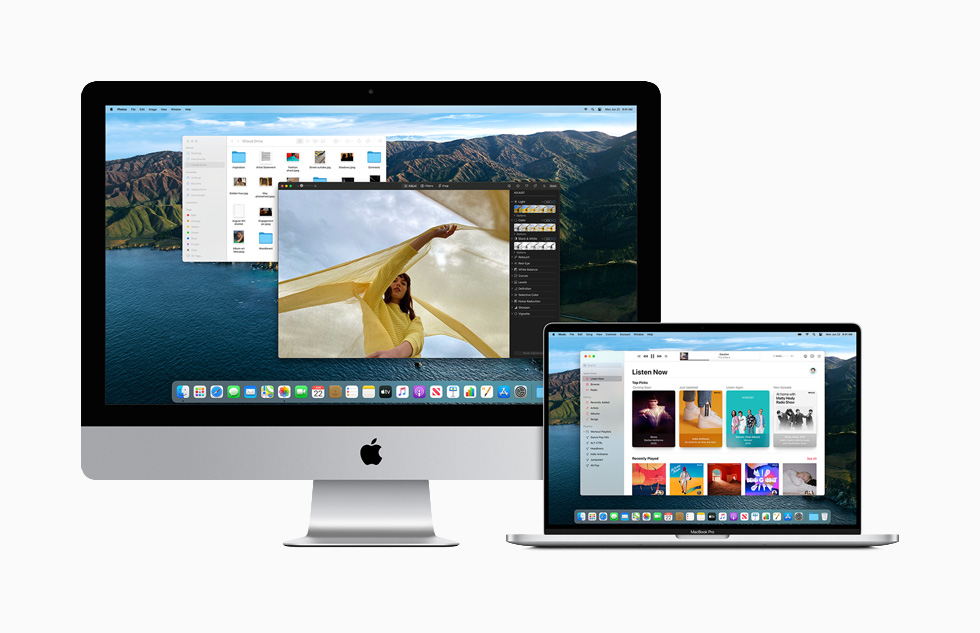Sol Standard Mac OS
hierarchical file system
Some Mac Internet programs can archive and unarchive on-the-fly, normally by calling BOMArchiveHelper. The Mac OS does this transparently with non-Mac disks, though frustratingly OS X and OS 9 use different schemes! When Mac OS X copies a file from an HFS+ disk to a non-Mac disk, it splits it into a pair of files in AppleDouble format. Choose Apple menu About This Mac. Click the Support tab. Click Specifications. On the webpage that appears, the number of displays your Mac supports appears under Video Support or Graphics. If you're using a Mac with Apple silicon, you can connect a single external display to your Mac using one of the Thunderbolt / USB 4 ports.
(file system)See also root directory. Compare flat file system.
hierarchical file system
 (1) See HFS.
(1) See HFS.(2)
Sol Standard Mac Os Update
A file system that organizes data and program files in a top-to-bottom structure. All modern operating systems use hierarchical file systems, wherein access to the data starts at the top and proceeds downward throughout the levels of the hierarchy. See file system, root directory and path.| Windows Hierarchy |
|---|
| Users often perceive the top of the hierarchy as their desktop; however, the real top is actually drive C:. |
Want to thank TFD for its existence? Tell a friend about us, add a link to this page, or visit the webmaster's page for free fun content.
Link to this page:
Check display support
You can connect one or more external displays depending on your Mac model. To find out how many external displays your Mac supports, check its technical specifications:
- Choose Apple menu > About This Mac.
- Click the Support tab.
- Click Specifications.
- On the webpage that appears, the number of displays your Mac supports appears under Video Support or Graphics.

Sol Standard Mac Os Catalina
If you're using a Mac with Apple silicon, you can connect a single external display to your Mac using one of the Thunderbolt / USB 4 ports. Docks don't increase the number of displays you can connect as an extended desktop. On Mac mini (M1, 2020), you can connect a second display to the HDMI port.
Connect your display
Connect your display to power, then connect your display to your Mac. Check the ports on your Mac to find out whether you need an adapter.
Change display options
After you connect your display, you can choose to extend your desktop or mirror your displays.
Sol Standard Mac Os X
Use extended desktop mode
- Choose Apple menu > System Preferences, then click Displays.
- Click the Arrangement tab.
- Make sure that the Mirror Displays checkbox isn’t selected.
- Arrange your displays to match the setup on your desk. To change the position of a display, drag it to the desired position. A red border appears around the display as it's moved.
- To set a different display as the primary display, drag the menu bar to the other display. The primary display is where your desktop icons and app windows first appear.
Mirror your displays
- Make sure that your external display is turned on and connected to your Mac.
- Choose Apple menu > System Preferences, click Displays, then click the Arrangement tab.
- Make sure that the Mirror Displays checkbox is selected.
Use AirPlay
With Apple TV, you can use your TV as a separate display for your Mac. Learn how to use AirPlay to mirror or extend your Mac display.